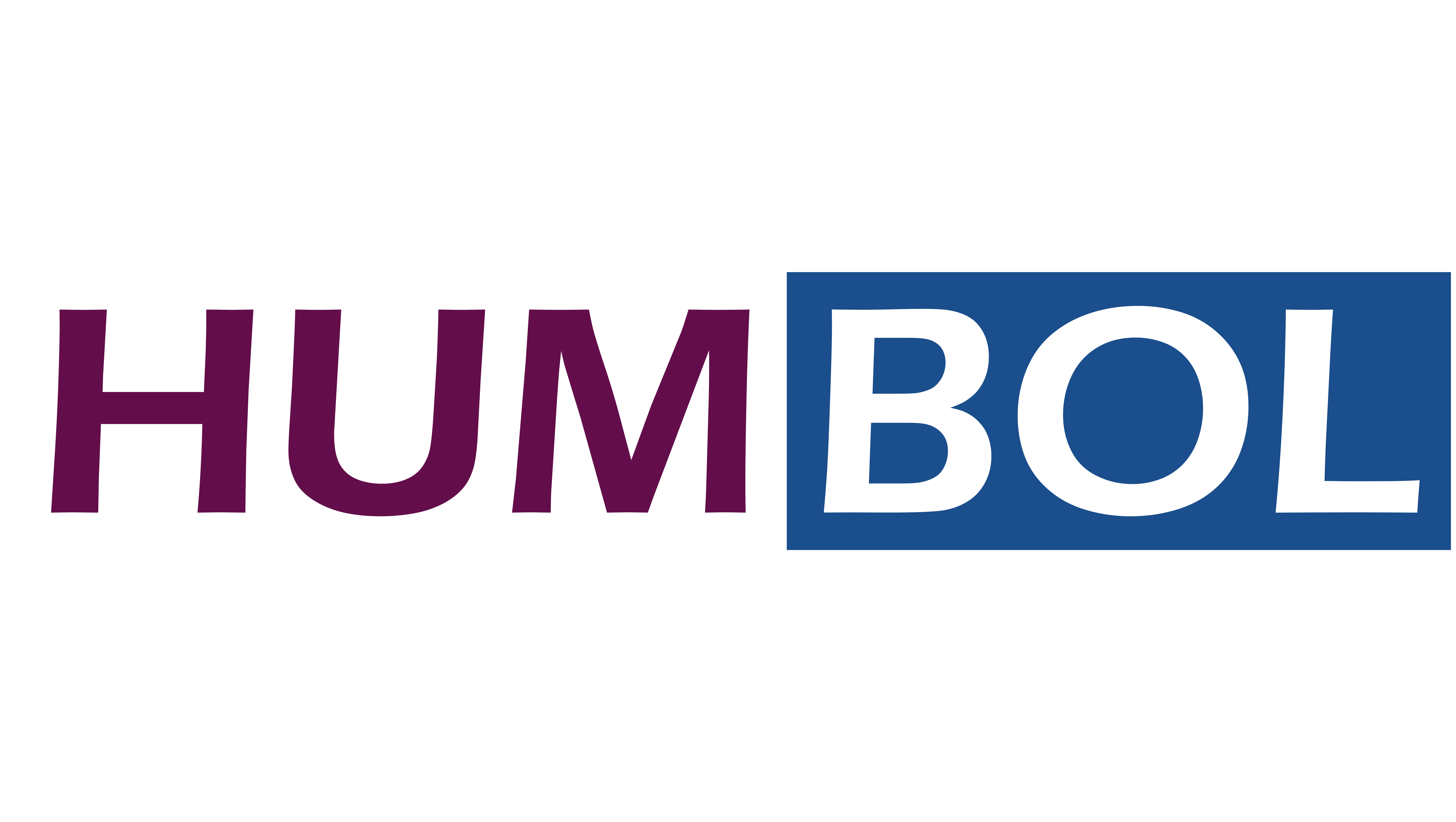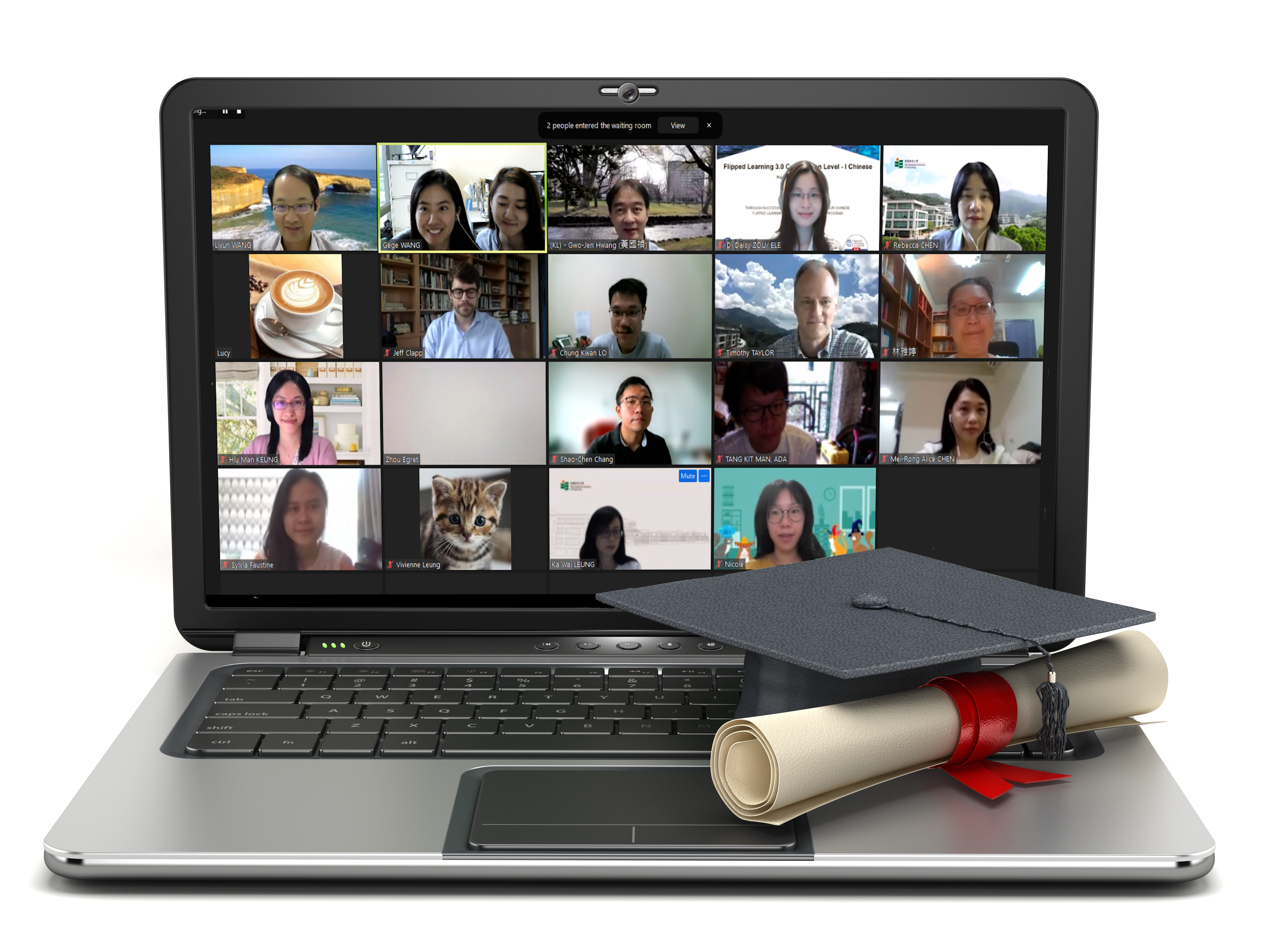Unlike traditional classroom, flipped classroom makes teaching content available to students at home while frees up more class time for a variety of learning activities. To implement this approach, students will be assigned with learning content, usually in video format before class so that students can learn at their own pace and be prepared when they come to the class. Teachers, on the other hand, can assign different learning activities to students in the classroom, which allows teachers to explore the lesson in depth and support individual students in need.
In this project seminar, Prof Gwo Jen Hwang from National Taiwan University of Science and Technology would share his knowledge and experience on flipped classroom. Firstly, He would introduce the concept, objectives and problems of flipped classroom. Then, he would also introduce 9 essential principles, favorable to implement the flipped classroom.
Now, watch his full-length presentation video down below for more details. His presentation slides are also linked below for your benefit. Have fun!
(length: 01:03:58)
View his presentation slides here: https://drive.google.com/file/d/1g-MZUThB33cLBYZLaEFAXqaXaXqurMRZ/view?usp=sharing
Outline of Humbol Project Seminar: Educational Objective, Learning Strategies and Class Management of Flipped Classrooms
Presenter: Prof Gwo Jen Hwang
|
00:00 – 00:57 |
Introduction |
|
|
00:57 – 02:09 |
Challenges of traditional instruction |
|
|
02:09 – 07:35 |
Reflection |
|
|
Introducing Flipped Classroom |
07:35 – 08:57 |
Concept of flipped classroom |
|
08:57 – 09:42 |
Objectives of flipped classroom |
|
|
09:42 – 11:29 |
Origin of the flipped classroom concept |
|
|
11:29 – 12:54 |
Problems of implementing flipped classroom |
|
|
12:54 – 15:15 |
Reasons of having the implementation problems |
|
|
Implementing flipped Classroom |
15:15 – 36:58 |
9 principles of implementing flipped classroom |
|
36:58 – 37:24 |
Highlights of flipped classroom activities |
|
|
37:24 – 41:35 |
Types of flipped classroom activities |
|
|
41:35 – 44:50 |
Strategies of designing flipped classroom activities |
|
|
Questions and Comments |
44:50 – 46:32 |
Do students have to spend more time studying after the flipped class? |
|
46:32 – 47:35 |
Can flipped learning be implemented for every course? |
|
|
47:35 – 48:28 |
Conclusion |
|
|
Questions and Comments |
48:28 – 52:18 |
How does flipped class approach impact the learning community and the learning outcomes? |
|
52:18 – 56:23 |
How to interact with students after they have watched the video before class? |
|
|
56:59 – 58:25 |
What is the most essential principle among all the principles mentioned earlier? |
|
|
58:25 – 01:02:45 |
How to make sure students have watched the video? |



Excellent post! I appreciate the effort you put into explaining this topic.
To visit my website, click here.